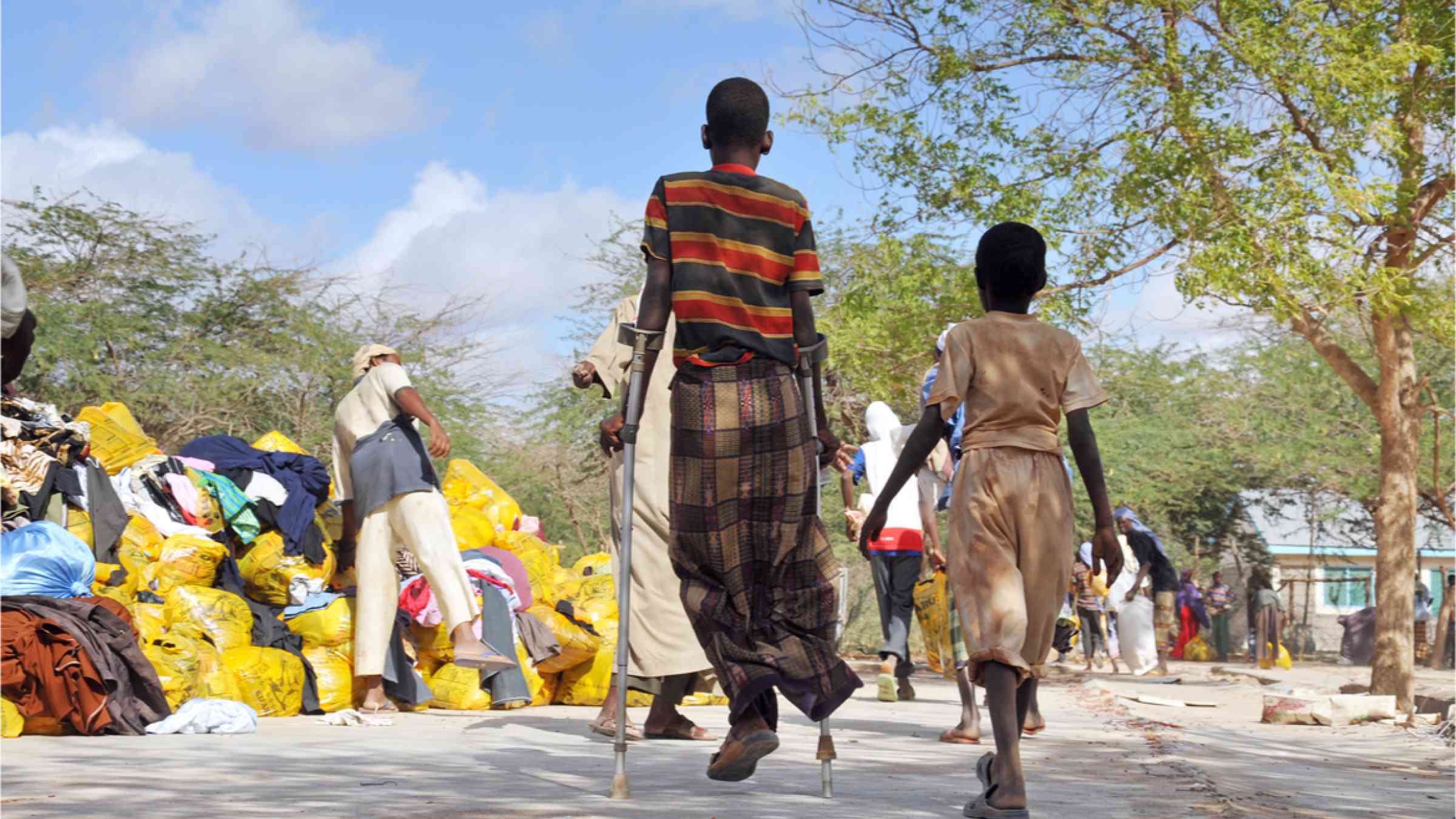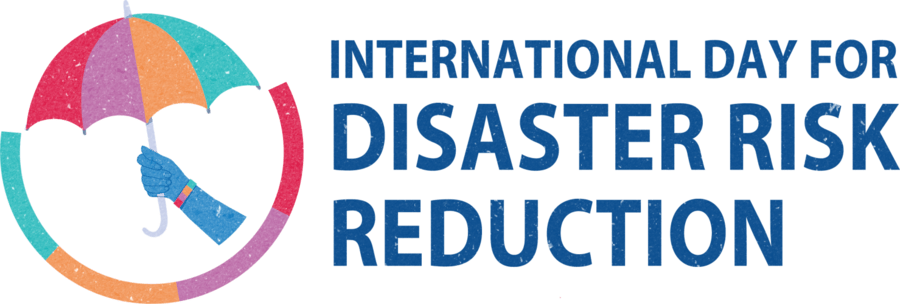Disasters and inequality are two sides of the same coin

Fighting inequality for a resilient future is the theme of this year’s International Day for Disaster Risk Reduction. It highlights the vicious cycle between disasters and inequality – which WMO and partners are trying to repair through the Early Warnings for All initiative.
Inequality and disaster vulnerability are two sides of the same coin: unequal access to services, such as finance and insurance, leaves the most at risk exposed to the danger of disasters; while disaster impacts exacerbate inequalities and push the most at risk further into poverty.
“2023 has shattered temperature records, and seen record drought, fire and floods around the world. Poverty and inequality are exacerbating these disasters,” says UN Secretary-General António Guterres in a message.
”Those with least are often at greatest risk from extreme weather. They may live in places that are more susceptible to flooding and drought; and they have fewer resources to deal with damage and to recover from it. They suffer disproportionately as a result, and may be pushed further into poverty,” he says.
The statistics speak for themselves. And these statistics have injected a sense of urgency into the international campaign, spearheaded by Mr Guterres, to ensure that life-saving early warnings reach everyone on the planet by the end of 2027.
- Half of countries globally do not have adequate early warning systems and even fewer have regulatory frameworks to link early warnings to emergency planning, preparedness and anticipatory action.
- People in Africa, South Asia, South and Central America, and small island states are 15 times more likely to die from climate disasters.
- In the past 50 years, the number of recorded disasters has increased by a factor of five, driven in part by human-induced climate change which is super-charging our weather. This trend is expected to continue.
- If no action is taken, the number of medium- or large-scale disaster events is projected to reach 560 a year – or 1.5 each day – by 2030.
- The occurrence of severe weather and the effects of climate change will increase the difficulty, uncertainty, and complexity of emergency response efforts worldwide.
“The Early Warnings for All initiative is being rolled out in an initial subset of 30 countries which are most vulnerable to extreme weather and climate change impacts. People living in these countries bear little blame for greenhouse gas emissions, but are bearing a disproportionate burden from the resulting climate change,” says WMO Secretary-General Prof. Petteri Taalas.
“Early warnings for all can help bridge the gap in equality by ensuring that vulnerable and marginalized populations receive timely information and assistance, reducing the disproportionate impact disasters often have on these communities. In the coming year we will ramp up our support to countries through our regional specialized centres and by meeting priority needs identified in countries through funding mechanisms such as the Climate Risk and Early Warning Systems initiative, the Systematic Observations Financing Facility and through our collaboration with the Green Climate Fund and other partners,” says Prof. Taalas.
Inclusivity is an integral part of the Early Warnings for ALL, ensuring that the messages reach all segments of the population, regardless of socioeconomic status, language, or physical abilities. This ensures that vulnerable groups, such as low-income communities, people with disabilities, are not left behind in receiving critical information.
Why does the disparity persist?
- Unequal Resource Access: Low-income communities typically reside in more hazardous areas like floodplains or informal settlements, subjecting them to increased risk during disasters. Additionally, these communities often inhabit poorly constructed homes, lack insurance, and have limited evacuation options, further escalating their susceptibility to devastation during such events.
- Healthcare Inaccessibility: The inability to access quality healthcare, especially during disasters when the demand surges, elevates mortality rates among disadvantaged groups.
- Disparate Resilience: Disasters disrupt essential supplies and potentially displace communities, amplifying economic hardships, particularly in vulnerable communities, due to job losses and local economic downturns.
- Uneven Recovery: The recovery phase often underlines the disparities in resource allocation, with marginalized communities facing challenges in rebuilding due to inequitable resource distribution and potentially disrupted education for children.
- Biased Response: Government aid and recovery initiatives sometimes prioritize wealthier areas, perpetuating neglect and inequality in marginalized zones.
What can be done?
Addressing the intertwining challenges of disaster impact and societal inequality necessitates:
- Enhanced Preparedness: Investment in disaster readiness and resilience in susceptible communities through infrastructure development, early warning systems, and education on disaster risk reduction.
- Equal Resource Distribution: Ensuring universal access to essential resources, including healthcare, education, and social services.
- Inclusive Decision-Making: Involve marginalized communities in disaster planning and recovery decision-making processes, enabling them to articulate their needs and concerns.
- Policy Advocacy: Advocate for policies addressing the specific needs of vulnerable populations during and following disasters, such as affordable housing, job training, and healthcare provision.
- Climate Change Mitigation: Acknowledge and act upon the connection between climate change and disasters by taking steps to mitigate climate effects while also preparing for them.
International Day for Disaster Risk Reduction takes place every year on 13 October. It is spearheaded by the UN Office for Disaster Risk Reduction.
UNDRR released a new Global Survey on Persons with Disabilities and Disasters. It showed there had been no progress in helping people cope since the last survey one decade ago.
“This is damning evidence of an unacceptable lack of progress which is leaving people behind. Persons with disabilities must be protected from disasters and this is ever more urgent with the increase in catastrophic climate-related disasters around the world,” said Ms. Mami Mizutori, the Special Representative of the United Nations Secretary-General for Disaster Risk Reduction and the Head of UNDRR.
UNDRR and WMO are leading the Early Warnings for All initiative, along with the International Telecommunications Union and International Federation of Red Cross and Red Crescent Societies and a growing number of partners.
Digital assets for International Disaster Risk Reduction Day are available here.
